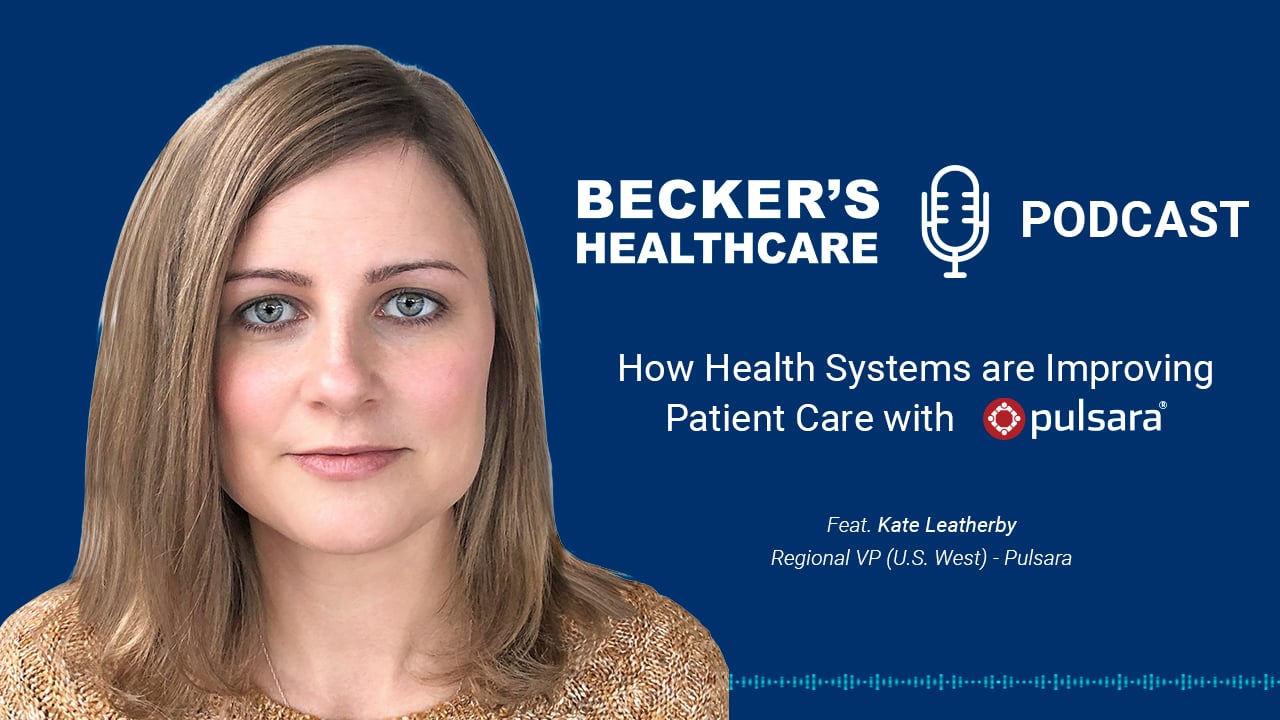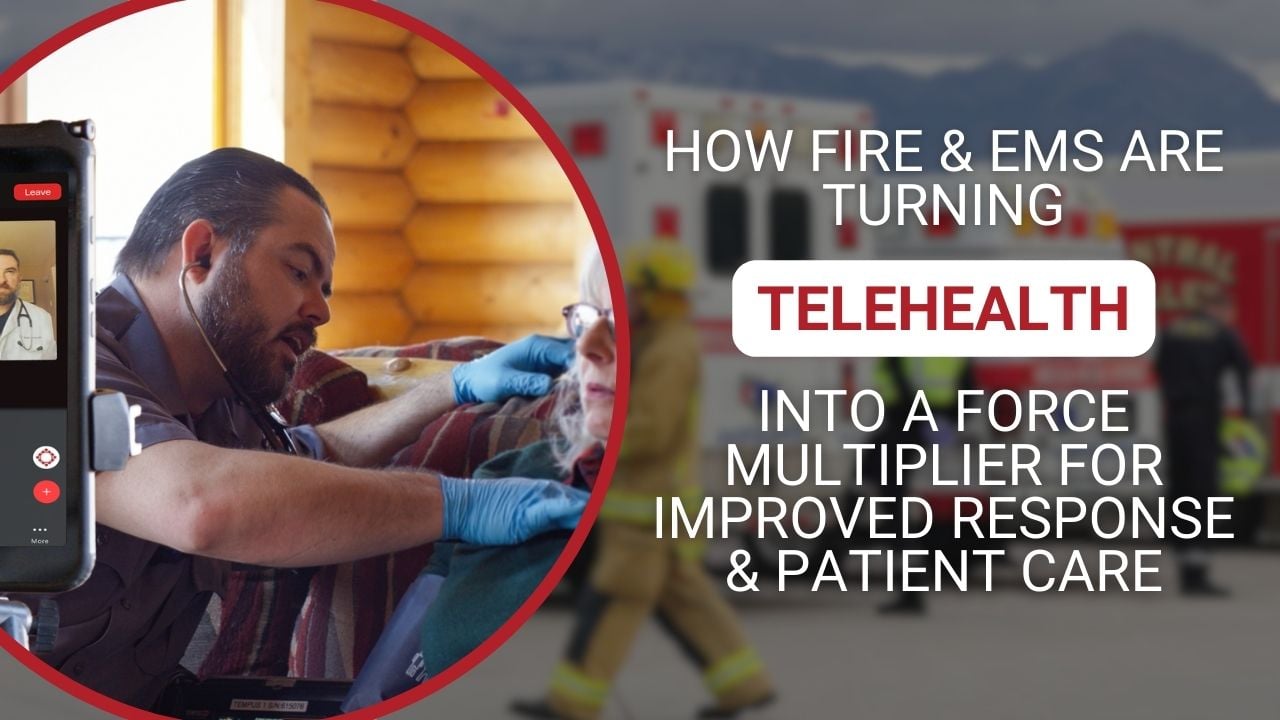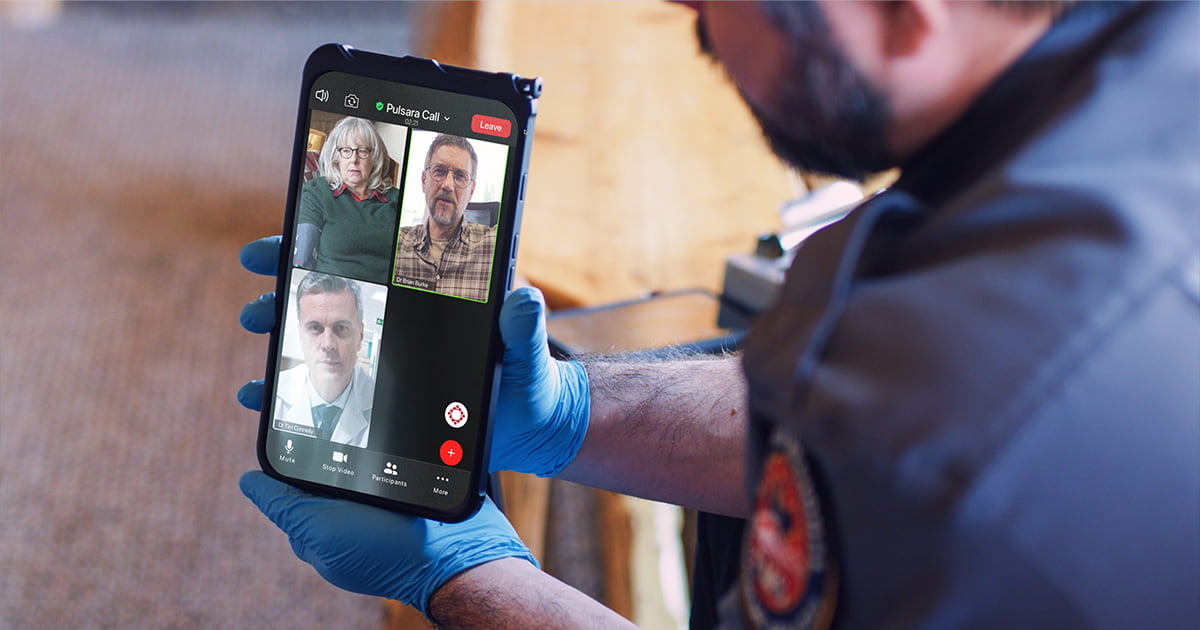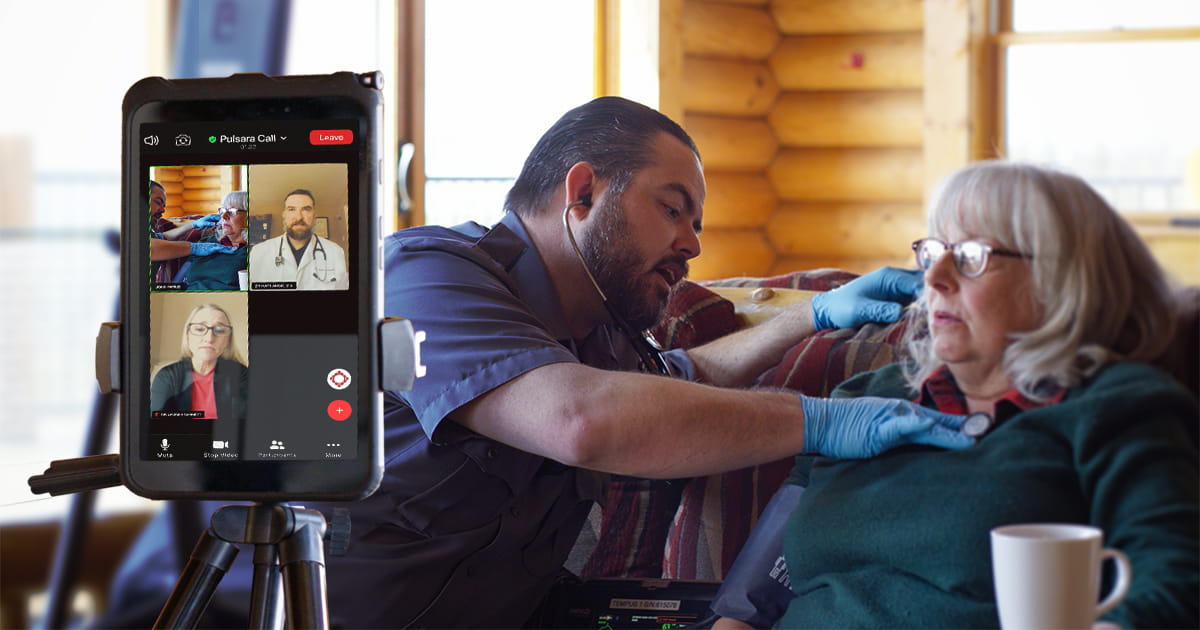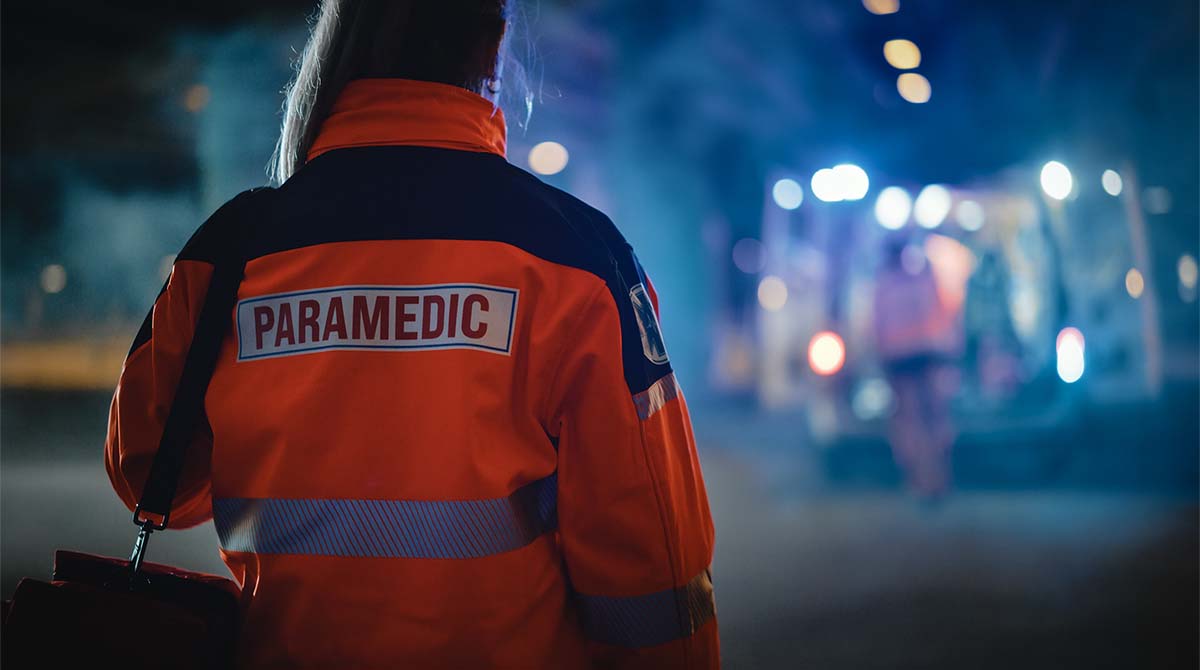8 min read
How Health Systems Are Improving Patient Care with Pulsara [Podcast]
EDITOR'S NOTE: This podcast originally aired on Becker's Hospital Review on December 8th, 2022. You can find the original post here. __ When a health system is looking for ways to improve patient...
